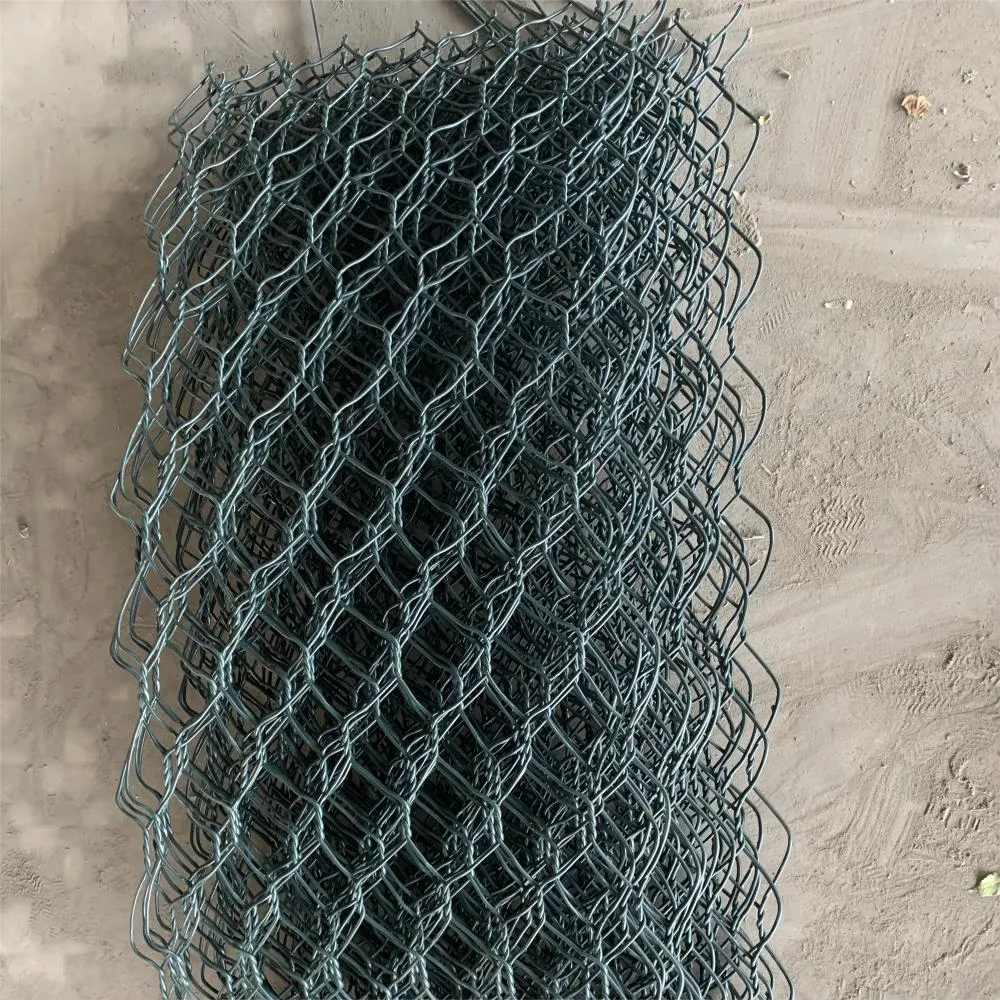Nails Suitable for Use with Treated Wood Applications and Projects
Nails for Treated Wood Choosing the Right Fasteners for Longevity
When it comes to constructing outdoor structures, such as decks, fences, and pergolas, treated wood is often the material of choice. Treated wood, typically made from softwood that has been chemically preserved to resist decay and insect damage, holds up well against the challenges of weather and time. However, selecting the right nails for treated wood is crucial for ensuring the structural integrity and longevity of your project. In this article, we will explore the different types of nails suitable for treated wood, as well as the best practices for using them effectively.
Understanding Treated Wood
Treated wood is subjected to several processes to enhance its durability. The most common method involves pressure treating the wood with preservatives such as chromated copper arsenate (CCA), alkaline copper quaternary (ACQ), or copper azole (CA). These chemicals can affect the compatibility of certain metals, which is an important consideration when selecting nails.
Choosing the Right Nails
1. Material Composition The primary concern when choosing nails for treated wood is corrosion resistance. Treated wood often contains chemicals that can cause rapid corrosion in standard steel nails. Therefore, it’s essential to opt for nails specifically designed for use with treated wood. Look for nails that are made from
- Galvanized Steel Hot-dipped galvanized nails are coated with a thick layer of zinc, providing excellent corrosion resistance. These are suitable for most outdoor projects but may not be the best choice for high-moisture environments.
- Stainless Steel Stainless steel nails offer the highest resistance to corrosion, making them ideal for coastal areas or highly humid conditions. Although they are more expensive, their longevity justifies the investment in quality.
- Coated Nails Some manufacturers offer specially coated nails that are compatible with treated wood. The coatings can provide additional protection against corrosion while ensuring that the nails do not react with the wood chemicals.
2. Size and Type The size and type of nail you choose can also impact the integrity of your structure. For most applications involving treated wood, you should use
nails for treated wood

- Ring Shank Nails These provide superior holding power due to their design, which reduces the risk of loosening over time. They are an excellent choice for decking and other structural elements subjected to movement.
- Collated Nails If you're using a nail gun, collated nails are convenient and efficient. Ensure that the collated nails are suitable for treated wood and made from corrosion-resistant materials.
Best Practices for Installing Nails in Treated Wood
- Pre-drilling Depending on the thickness of the wood and the type of nail used, it may be beneficial to pre-drill holes to prevent splitting. This is particularly important for thicker pieces and for finer gauge nails.
- Proper Spacing To ensure a strong and durable connection, space your nails appropriately. Follow the manufacturer’s recommendations or general guidelines, which usually suggest a spacing of 16 inches on center for structural applications.
- Avoid Overdriving When using a nail gun, be cautious not to overdrive the nails, as this can compress the wood and lead to weaker connections. Ensure that the nail heads are flush with the wood surface.
- Finish Considerations If aesthetics matter, consider using finish nails or trim screws designed for treated wood. These options can offer a cleaner look while securing the wood effectively.
Conclusion
When embarking on a project with treated wood, selecting the right nails is pivotal for ensuring durability and performance. Prioritizing materials that resist corrosion, such as galvanized or stainless steel, is essential to protect your investment from the elements. By following best practices in nail selection and installation, you can enhance the longevity of your outdoor structures, providing years of functional beauty in your backyard. Whether you are a seasoned carpenter or a DIY enthusiast, understanding the importance of the right fasteners will lead to successful and enduring projects.
-
Innovations in Razor Barbed Wire Design TechnologyNewsAug.11,2025
-
Roofing Nail Compatibility with Different Metal Roof TypesNewsAug.11,2025
-
Welded Wire Mesh for Rockfall Protection BarriersNewsAug.11,2025
-
Galvanized Wire Corrosion Resistance TestingNewsAug.11,2025
-
3D Fence Solutions Preventing Bird CollisionsNewsAug.11,2025
-
Using Chain Link Fence for Urban Garden SupportNewsAug.11,2025




